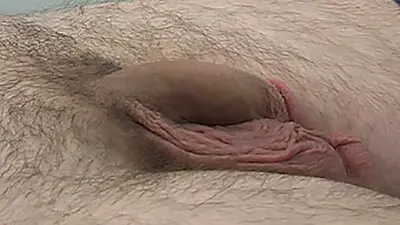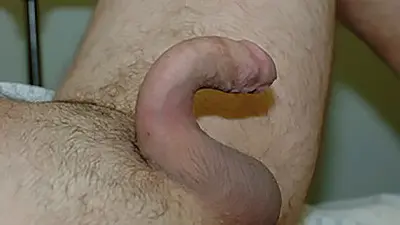In contrast to a bent or curved penis associated with an abnormality at birth, Peyronie’s Disease is an acquired condition. That means that the erect penis was straight for years, and then at some point during adulthood, curvature developed. Peyronie’s disease symptoms are characterized by an immature and mature phase.
Immature Unstable Phase of Peyronie’s Disease
The immature phase is when the patient first develops a bent penis and other Peyronie’s disease symptoms. The affected tunica albuginea first becomes inflamed, causing this area under the skin along the top of the penis to develop plaque. This thickening may be tender to the touch and is often mistaken for an infection, penile cancer, or a sexually transmitted disease. Often, but not always, patients can also have pain with erections. While inflammation associated with sports injuries can resolve in just a few weeks, the inflammation caused by the initial active immature phase can last over 12 months.
Mature Stable Phase of Peyronie’s Disease
Eventually, the acute inflammation subsides, and any pain generally resolves. During the mature phase, it is also possible that any penile curvature that develops may resolve. However, as the disease progresses and the scar becomes more dense, in many cases the bend and curve of the penis increases. Maturation of Peyronie’s disease symptoms can cause a change in the size and elasticity of the plaque, leading to a change in penile curvature. Stable mature Peyronie’s disease is characterized by little to no pain or change in penile curvature for at least 6 months.










